Lincoln Tied for 99th place in International Winter bike To Work Day with a total of 18 bicycle commuters committing to ride last Friday. More of you may have ridden, but that is the number that officially committed on the web site. We were a hardy bunch, as there was a biting wind, but the coffee and snacks kept us warm. Thank-you to The Hub, Bike LNK, and Cultiva for the great start to the day.
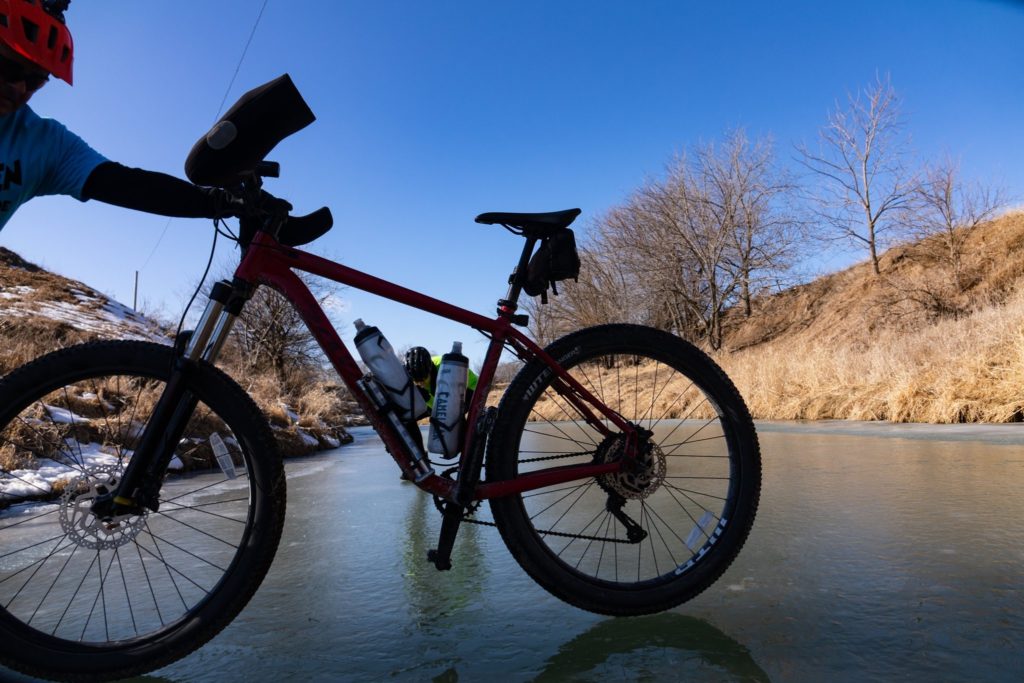
Some of you have told me that you simply can’t stay warm enough to ride in the winter, and the deal breaker is the hands. The rest of the body isn’t too hard to keep warm while pedaling, with the exception of the feet. I’ve talked about hands before, but it’s a big topic, so I’ll do it again. You can choose warmer winter gloves, but that’s a subjective search. What’s warm enough for one person isn’t warm enough for another. Wind chill is an important factor. If your hands or gloves get wet, your hands could get very cold, but completely waterproof gloves could make them sweat. Still, some like to layer plastic disposable surgical gloves inside their gloves to create a vapor barrier. Some swear by deerskin mittens, but others want more finger dexterity.
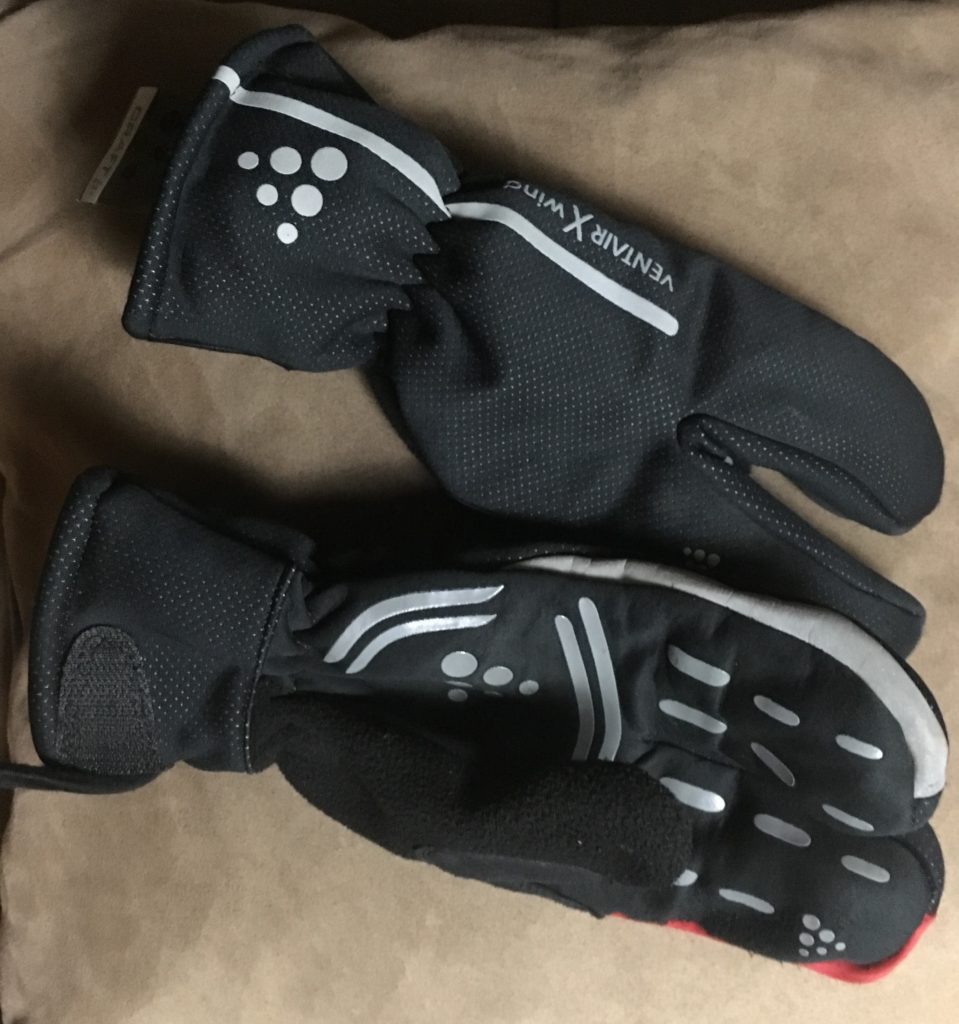
I have different gloves for different temperature spans, but my lobster claws will take me into the mid 20’s. After that I need pogies. My pogies are Bar Mitts, but others prefer different styles that provide more hand space, or are even warmer. They are available for flat bars or drop bars. Some insulate, while others mainly block wind. I can ride to 0 and below by pairing the lobster claws with the pogies.
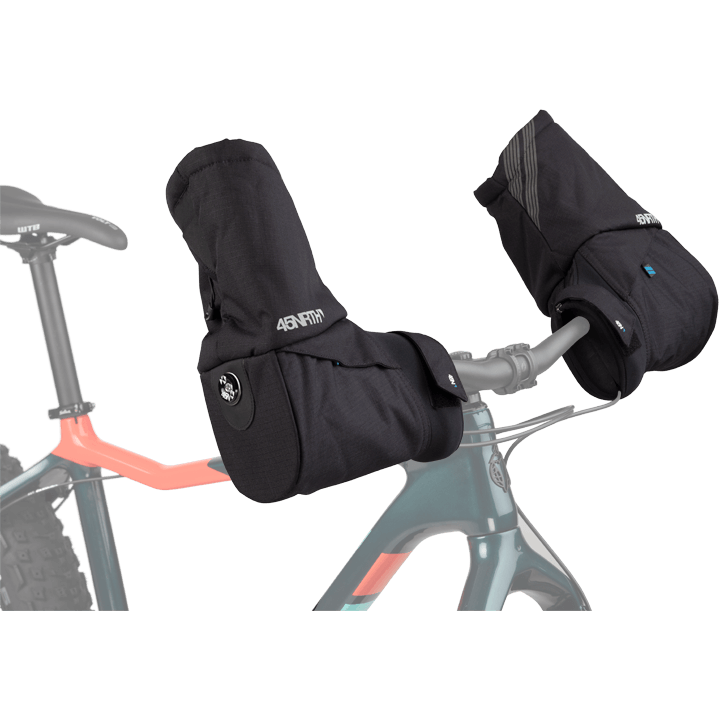
One thing to keep in mind is to not layer gloves to the point that they are at all tight, as that restricts circulation and can make hands colder. The same applies to shoes with sock layers. That’s why shoe covers are on the outside, though plastic bags or plastic wrap on the inside really helps. If you’re out on a ride and find your feet aren’t warm enough you can use newspaper, or even a foil wrapper from your lunch. A spare pair of gloves and socks is a good idea too, as the pair being worn could get wet or sweaty.
Others prefer a different strategy. I know some who like to use hand warmers. There are battery powered gloves, chemical single-use packs or battery and even lighter fluid powered warmers. Some are able to be turned on and off.
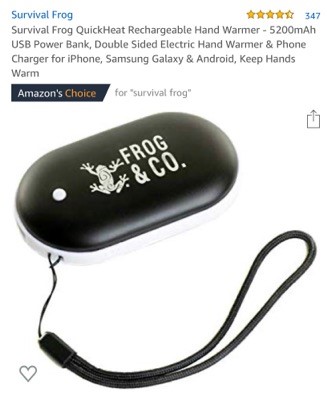
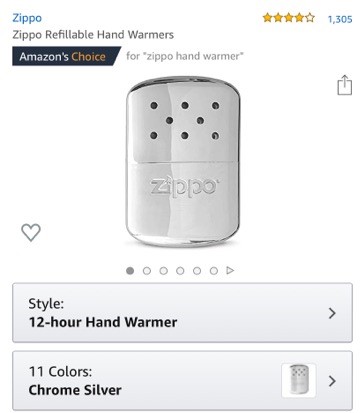
I don’t know why I’ve never seen heated handlebars. Warm handlebars can make a huge difference on a short commute that’s obvious if you’ve ridden a bike stored in an unheated area, then one stored inside a heated area. It seems one could wrap heat tape around them and power it with a battery or dynamo. And what about microwaveable hot packs? I mentioned this last year, has anyone tried them? They’d last long enough to get to work, at least. I’ve been wanting to experiment with them inside my Bar Mitts on the very coldest days. You could make some bean-bags, use knotted tube socks or small plastic freezer bags wrapped in cloth and fill them with feed corn and rice, or some such material. When microwaving make sure you have a mug of water in the microwave along with the bag. Experiment with times. You can also place a warm bean bag on the small of the back under your jacket for extra warmth. Or a hot water bottle in your back jacket pocket.
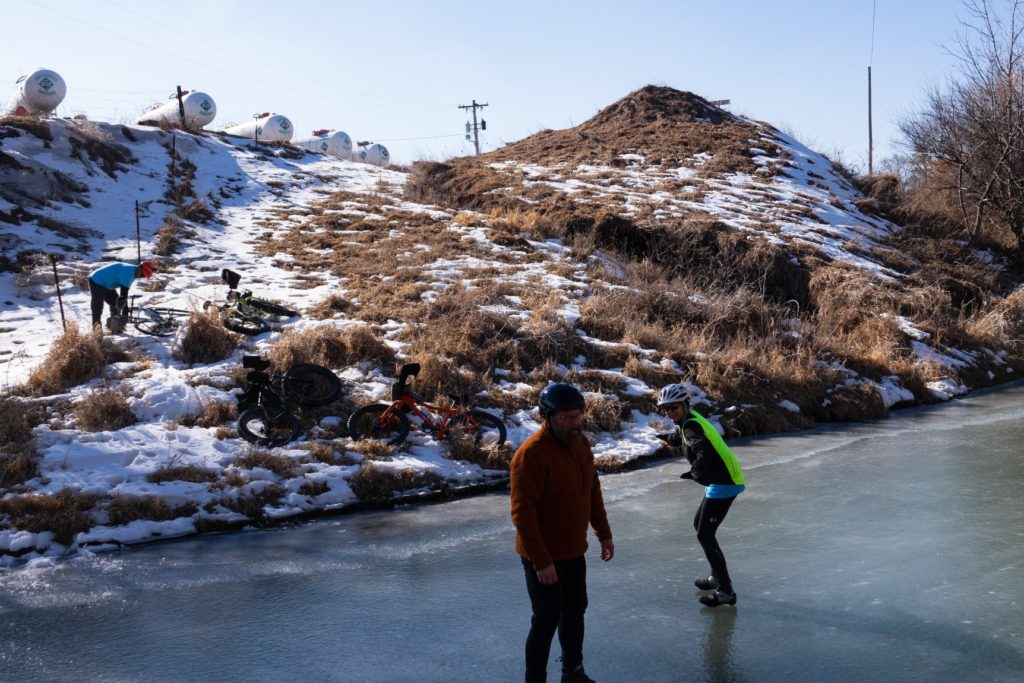
Or maybe there are other factors involved. I’ve had the experience while cross country skiing of extremely uncomfortable cold hands that after a half an hour warmed up to normal. Others may suffer from Raynaud’s-like symptoms, where the fingers or toes turn white and waxy looking. Raynaud’s is caused by the affected capillaries narrowing, mainly when exposed to cold. We know that extended amounts of time hunched over vibrating handlebars can also do strange things to the hands, especially if there’s much weight being transferred through them. Numbness in the hands can start in the neck and shoulders. The following article gives some interesting insight. https://www.bicycling.com/training/a30797053/hand-numbness-cycling/ This can happen in any temperature.
Protecting your face, head and eyes makes a big difference in cycling comfort, too. I think most cyclists can find a way to cycle in the winter comfortably with some research, trial and error.
